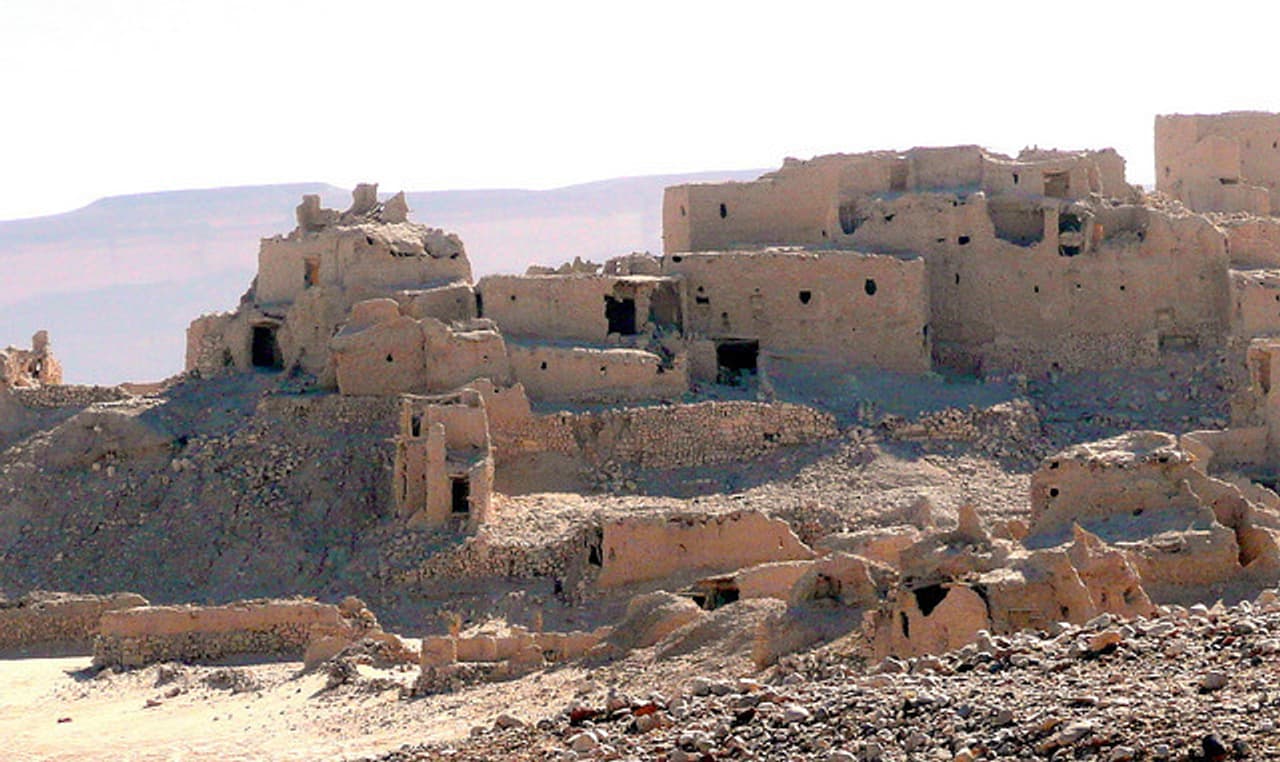
Podcast: Amid the fog of war, do we actually know who belongs to al Qaeda in Yemen now?
Shabwa, Yemen – Flickr/dianadrz
Distinguishing between militants in Yemen and those merely associated with them is getting harder as the country’s war drags on, correspondent Iona Craig told this week’s Drone News.
In conversation with the Open Society Justice Initiative’s Amrit Singh, whose research has documented nine cases in which US drone strikes against suspected al Qaeda members in Yemen have caused civilian casualties, Craig said that the issue of who is and isn’t a member of the militant group is already something of a “grey area”.
Al Qaeda in the Arabian Peninsula (AQAP) is “very much integrated in to a lot of the local tribes,” explained Craig, who was based in Yemen for four years and has recently returned from an assignment there. A man might give al Qaeda members a room in his house or a lift in his car but that doesn’t necessarily mean they are willing to pick up a gun for them, she said.
Craig argued that in the current civil war, which has pitted AQAP and other Sunni groups against the Shiite Houthi militia, the lines of membership have become even more blurred.
“In the current conflict al Qaeda has… created a lot more formal relationships with tribal groups. Anybody that is against the Houthis or wanting to fight the Houthis they have been joining forces with, and deliberately not calling themselves al Qaeda, not carrying the infamous black flag. So who is and isn’t al Qaeda is very hard to tell in Yemen right now.”
Where drone strikes kill civilians, it leads to resentment, said Singh. “(In) the strikes that we documented in our report over and over again the victim community expressed considerable outrage both at the Yemeni government and at the United States,” she said. “These people really want justice… and they haven’t even got an acknowledgement.”
Follow our drones team Owen Bennett-Jones, Abigail Fielding-Smith and Jack Serle on Twitter.
Sign up for monthly updates from the Bureau’s Covert War project, subscribe to our podcast Drone News, and follow Drone Reads on Twitter to see what our team is reading.


